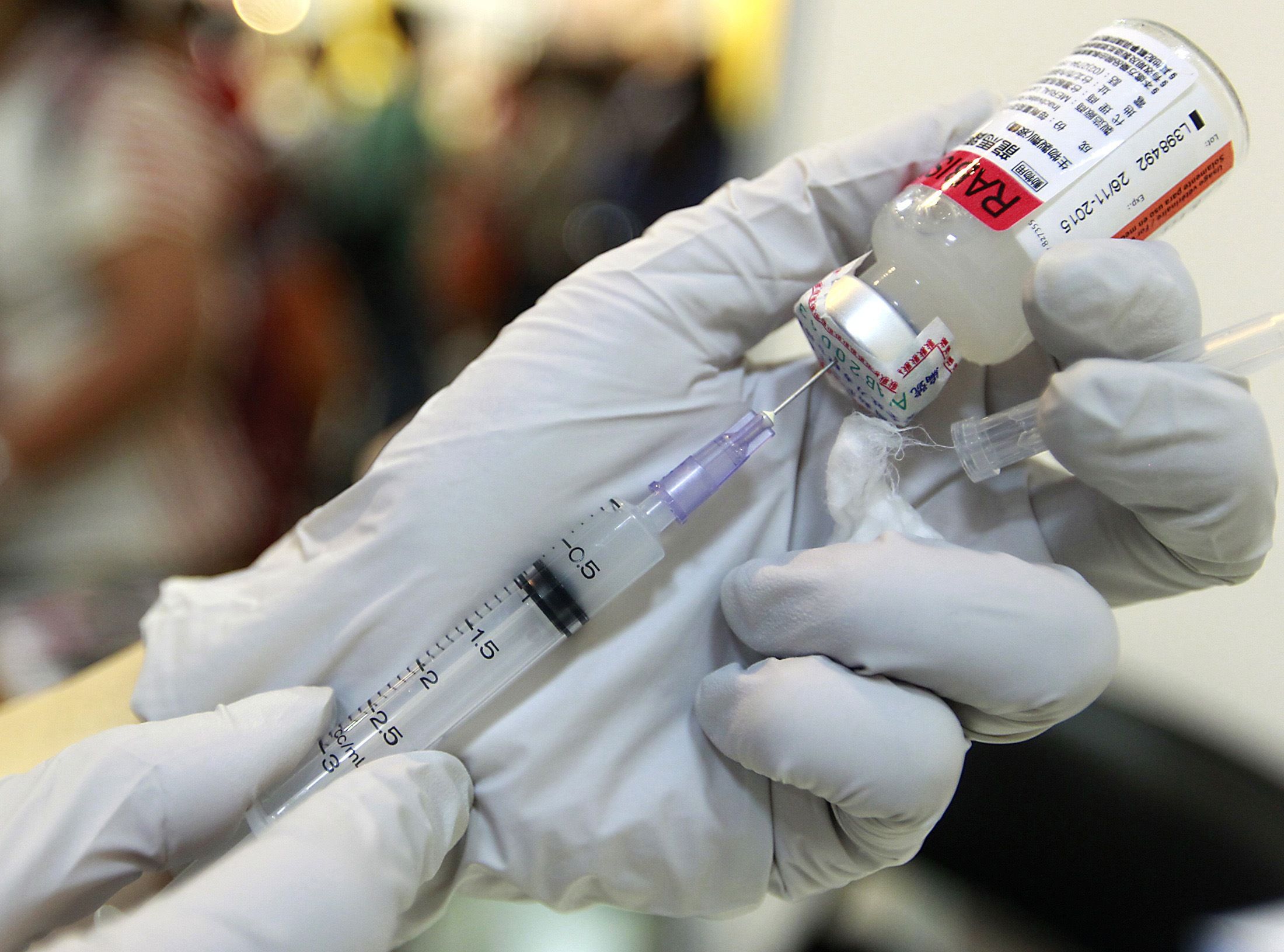World Zoonoses Day is marked on July 6 every year to raise awareness about the causes, symptoms, prevention and treatment of zoonotic diseases that account for 2.7 million human deaths worldwide each year.
A zoonotic disease is a type of infection that can be transmitted naturally from vertebrate animals to humans, or vice versa. According to the Centers for Disease Control and Prevention (CDC), six out of every 10 known infectious diseases in humans are spread from animals.
World Zoonoses Day also marks the day the first vaccine against rabies, a zoonotic disease, was developed by French microbiologist Louis Pasteur.
How do Zoonotic diseases spread?
- Foodborne – Zoonotic infections can spread to humans from eating contaminated food like unpasteurized milk, undercooked meat or eggs.
- Waterborne – Drinking water contaminated with feces from an infected animal can bring infection to humans.
- Direct contact – Some zoonotic diseases spread from direct contact with body fluids, including saliva, blood, urine, mucous or feces, and through scratches and bites from animals.
- Indirect contact – The disease may also spread to humans when they come in contact with areas that are contaminated by the infected animals, such as their cages, pet foods and water dish.
- Vector-borne – Humans can get the infection when a vector such as a mosquito or an insect bites.
Common zoonotic diseases:
Rabies: It is a zoonotic disease spread through a virus from a rabid animal. The initial symptoms of rabies include fever, weakness, discomfort and headache, which gradually progresses to abnormal behavior, hallucinations, hydrophobia (fear of water) and insomnia. The disease is preventable through vaccines. However, after the symptoms appear, there is no known cure for rabies, and the condition is nearly always fatal.
Lyme disease: It is the most common vector-borne disease in the U.S., caused by a bacteria known as Borrelia burgdorferi, which is spread through the bite of infected ticks. Infected people…
Read the full article here








